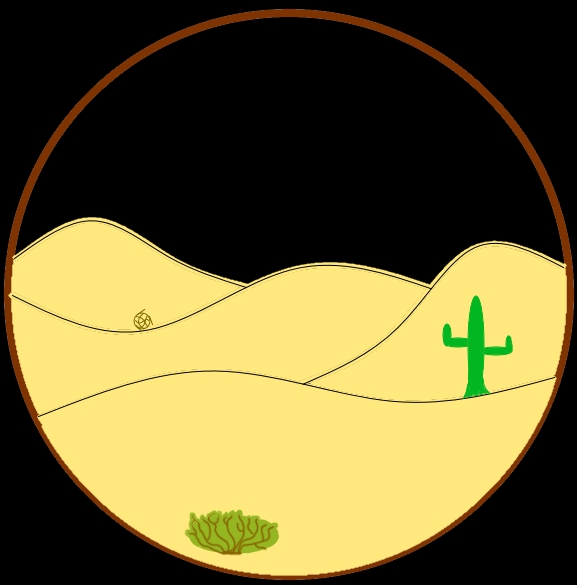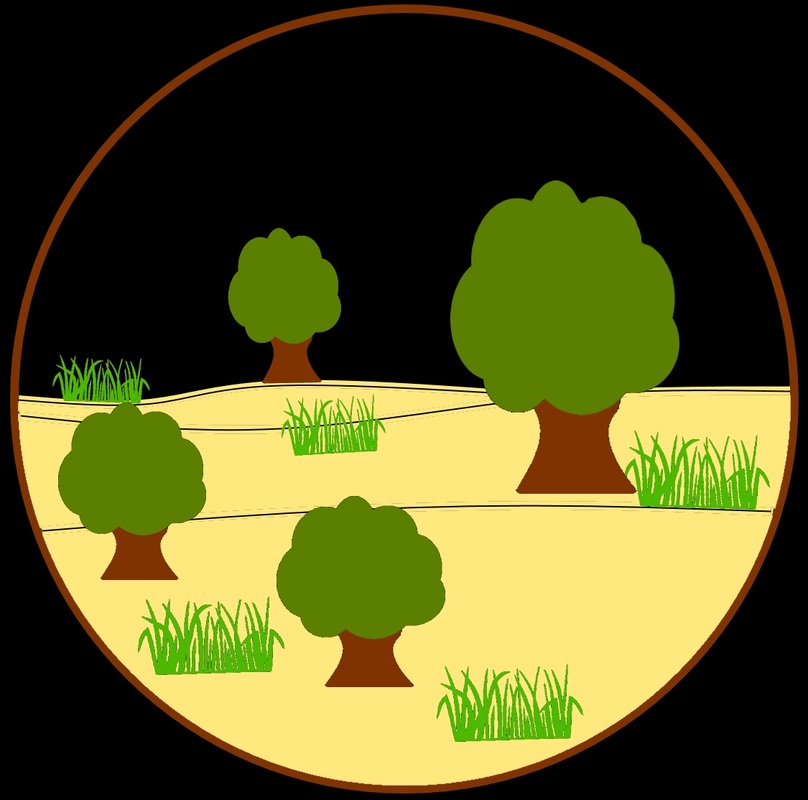Short-beaked Echidna
Labelled as spiny anteater
Tachyglossus aculeatus
Where is it found?
Many habitats from semi-desert to grasslands
Diet and foraging method
Key adaptations
Spiny Anteaters are covered in spines to protect them from predators. They also have clawed front paws making them powerful diggers for creating burrows for shelter or to dig out prey.
Social organisation and mating system
Solitary
Polygynous
Did you know that...?
Echidnas are very primitive mammals and lay eggs instead of giving birth to live young. Echidnas retain the egg in their pouch even after its hatched until the young are around 55 days old.
Taxonomy
Picture credits:
Maps from: http://species.mol.org/species/
"Wild shortbeak echidna". Licensed under GFDL 1.2 via Wikimedia Commons - https://commons.wikimedia.org/wiki/File:Wild_shortbeak_echidna.jpg#/media/File:Wild_shortbeak_echidna.jpg
"Echinda burningwell" by Allan Whittome (Whitto) - http://www.burningwell.org/gallery2/v/Animals/echinda.jpg.html. Licensed under Public Domain via Wikimedia Commons - https://commons.wikimedia.org/wiki/File:Echinda_burningwell.jpg#/media/File:Echinda_burningwell.jpg
"Tachyglossus-gould" by John Gould - Mammals of Australia (1849-1861). Licensed under Public Domain via Wikimedia Commons - https://commons.wikimedia.org/wiki/File:Tachyglossus-gould.jpg#/media/File:Tachyglossus-gould.jpg
"Wild shortbeak echidna". Licensed under GFDL 1.2 via Wikimedia Commons - https://commons.wikimedia.org/wiki/File:Wild_shortbeak_echidna.jpg#/media/File:Wild_shortbeak_echidna.jpg
"Echinda burningwell" by Allan Whittome (Whitto) - http://www.burningwell.org/gallery2/v/Animals/echinda.jpg.html. Licensed under Public Domain via Wikimedia Commons - https://commons.wikimedia.org/wiki/File:Echinda_burningwell.jpg#/media/File:Echinda_burningwell.jpg
"Tachyglossus-gould" by John Gould - Mammals of Australia (1849-1861). Licensed under Public Domain via Wikimedia Commons - https://commons.wikimedia.org/wiki/File:Tachyglossus-gould.jpg#/media/File:Tachyglossus-gould.jpg










